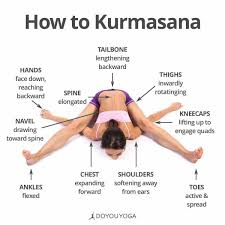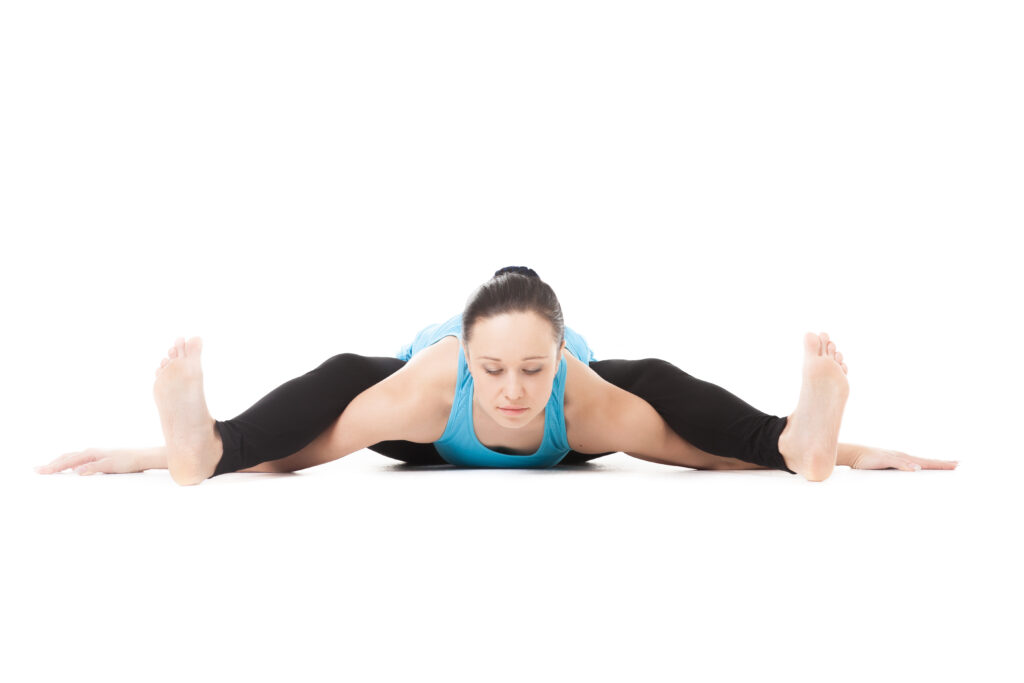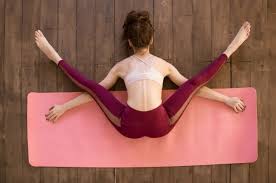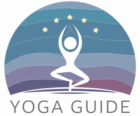Introduction
Turtle pose helps improve flexibility and relieve stress. Here are the benefits of Kurmasana and the steps to do it properly.
In today’s world full of constant demands and pressures, finding a moment of peace can be challenging. Practicing yoga helps calm your mind and body, which includes physical postures, breathing exercises, and meditation. Helps to relieve stress and anxiety. The turtle pose in particular can help you bring some peace into your life. Also known as Kurmasana. This mudra is easy to do and you get many benefits from it. Let us know all the health benefits of turtle pose and how to do it the right way.
Read More 5 Effective Asanas To Strengthen Your Back, Neck, Shoulders
What is Tortoise pose or Kurmasana?
Turtle pose is an advanced yoga pose named after the Sanskrit word Kurmasana, with “kurma” meaning turtle and asana or posture. This pose mimics that of a turtle rolling backwards in its shell. This is a deep forward bend that requires significant flexibility in the spine, hips and shoulders. The posture is part of the Ashtanga yoga primary series and is practiced in the hatha and vinyasa yoga styles.
Benefits of Tortoise pose or Kurmasana
Here are 5 possible benefits of Turtle Pose or Kurmasana.
1. Improves flexibility
Regular practice of yoga can improve flexibility and balance in the body, according to a study published in the International Journal of Yoga. Turtle pose is a deep spinal pose that stretches the spine, increasing flexibility and reducing stiffness. The pose stretches the spine by pressing the chest towards the floor. By increasing flexibility and reducing stiffness. It involves creating deep extensions of the spine. This stretch helps improve posture by stretching the scapula and surrounding muscles and connective tissue. Practicing turtles daily can increase flexibility of the spine, reduce pain, and lead to a greater sense of well-being.
2. Improves digestion
Abdominal compression in this pose can stimulate the digestive organs and potentially improve digestion and metabolism. It can also stimulate the kidneys and liver. supports their activities.” Experts explain. According to a study published in the Journal of Yoga and Physical Therapy, regular yoga practice can help improve digestion.

3. Calms the mind
According to a study published in the International Journal of Yoga, regular yoga practice increases focus, reduces stress and anxiety, and improves mental health. The introspective nature of the turtle pose encourages introspection. And calms your mind. Adds mental focus to the physical challenge of the pose. And by calming your mind. Doing the physical challenges of the pose creates a mental focus that can help calm the mind.
4. Strengthens core muscles
Turtle pose is a deep backbend that requires significant core strength to maintain proper alignment. As you press your chest into the floor, your core muscles along with your abs and obliques engage to stabilize your spine and prevent excessive arching, experts explain. This engagement helps to strengthen core muscles, improving overall stability and balance. Additionally, a strong core can contribute to good posture.
5. Improves hip flexor stretch
Turtle pose gently stretches the hip flexors, the muscles that connect the thigh bone to the hip bone. This pose stretches your hip flexors as you lower your chest toward the floor. It helps to relieve tightness and discomfort in the hip area, which is caused by prolonged sitting and standing. Practicing turtle pose can improve hip flexibility and reduce the risk of strains and related injuries to the hip flexors.
Read More Yoga for Uric Acid Control: 6 Poses to Manage It
How to do Tortoise pose or Kurmasana
Here is a complete guide on how to do Turtle Pose or Kurmasana as told by experts:

1. Sit comfortably on the floor or mat and extend your legs in front as in Karma Pose or Dandasana. Take a few deep breaths to center yourself.
2. Place your hands on the floor beside your hips.
3. Now, gently press your thighs into the floor while inhaling and inhaling deeply to expand your chest.
4. Gently spread your legs comfortably apart.
5. Inhale and place your hands in front of you.
6. Exhale and bend your torso slightly and bring your hands under your knees.
7. Keep the arms straight under the knees.
8. Exhale deeply and bend your chest forward.
9. Lower your head until your chin touches the floor or mat if possible. If you are a yoga practitioner, you should be able to rest your forehead on the floor to reap the maximum benefits of this asana.
10. Look ahead with a neutral head position.
11. Hold the pose for as long as possible and return to the starting position.
Read More 3 Amazing Gentle Yoga Poses for Post Surgery Recovery
Breathing pattern for Tortoise pose
The breathing pattern of turtle pose is deep, slow and steady breathing which helps to relax the body and mind. It is important to do this pose and here is a suggested breathing pattern.

1.Inhale deeply and slowly through your nose as you lower your torso toward the floor.
2. As you straighten your legs and settle into the pose, exhale gently and deeply through your nose.
3. Focus on holding the breath for 30 to 60 seconds or five to ten breaths.
who should avoid Tortoise pose or Kurmasana
Although turtle pose is generally safe, these individuals should avoid this pose for the following reasons
1.Individuals with back pain: Profound forward bending can aggravate existing back problems. People with herniated discs, sciatica, or recent back surgery should avoid this pose.
2. Individuals with shoulder injuries: These asanas can cause shoulder injuries due to significant pressure on the shoulders. Individuals with rotator cuff injuries, frozen shoulder, or recent shoulder surgery should avoid this pose.
3. Individuals who have hip problems: Wide leg position and forward folds can cause injury or strain on the left hip. People with hip replacement or severe arthritis in the hips should avoid this pose.
4. Women who are pregnant: Deep pressure on the abdomen is not recommended during pregnancy as it may restrict blood flow to the uterus and cause discomfort.

5. Individuals with high blood pressure and heart conditions: Inverted head position may increase blood pressure. People with uncontrolled blood pressure and heart problems should avoid this pose.
6. People who have undergone abdominal surgery: If you have undergone abdominal surgery, you should avoid this pose. Be careful with those who have glaucoma or other eye pressure problems.
Side effects of Tortoise pose or Kurmasana
There are some possible side effects of turtle knuckle or kurmasana, experts have pointed out.
1. Strain on the lower back: Working incorrectly can cause strain or pain in the lower back.
2. Shoulder discomfort: Placing your hands under your feet can cause shoulder strain. If not done correctly it can lead to problems like shoulder impingement or rotator cuff.
3. Neck strain: Trying to force the head to the floor can strain the neck muscles. This can lead to an increase in neck problems or, if done incorrectly, lead to new problems.
4. Hamstrings can be overstretched: Pushing yourself too hard can overstretch or tear the hamstrings. This is especially dangerous for those with tight hamstrings or previous injuries.
5.Digestive discomfort: Compression of the abdominal organs may cause discomfort to some individuals. It can aggravate conditions such as acid reflux or a hernia.
6. Difficulty in breathing: Deep breathing becomes difficult due to contracted position. It can cause light-headedness or restlessness.
7. Dizziness: The head may become dizzy in an inverted position. The specialty is coming out of the pose very quickly.
Conclusion
In the above session we have told you how to do turtle pose and its benefits. By practicing it regularly, you can improve flexibility and relieve stress, which includes physical postures, breathing exercises and meditation. Helps to relieve stress and anxiety. The turtle pose in particular can help you bring some peace into your life. Also known as Kurmasana. This mudra is easy to do and you get many benefits from it.

